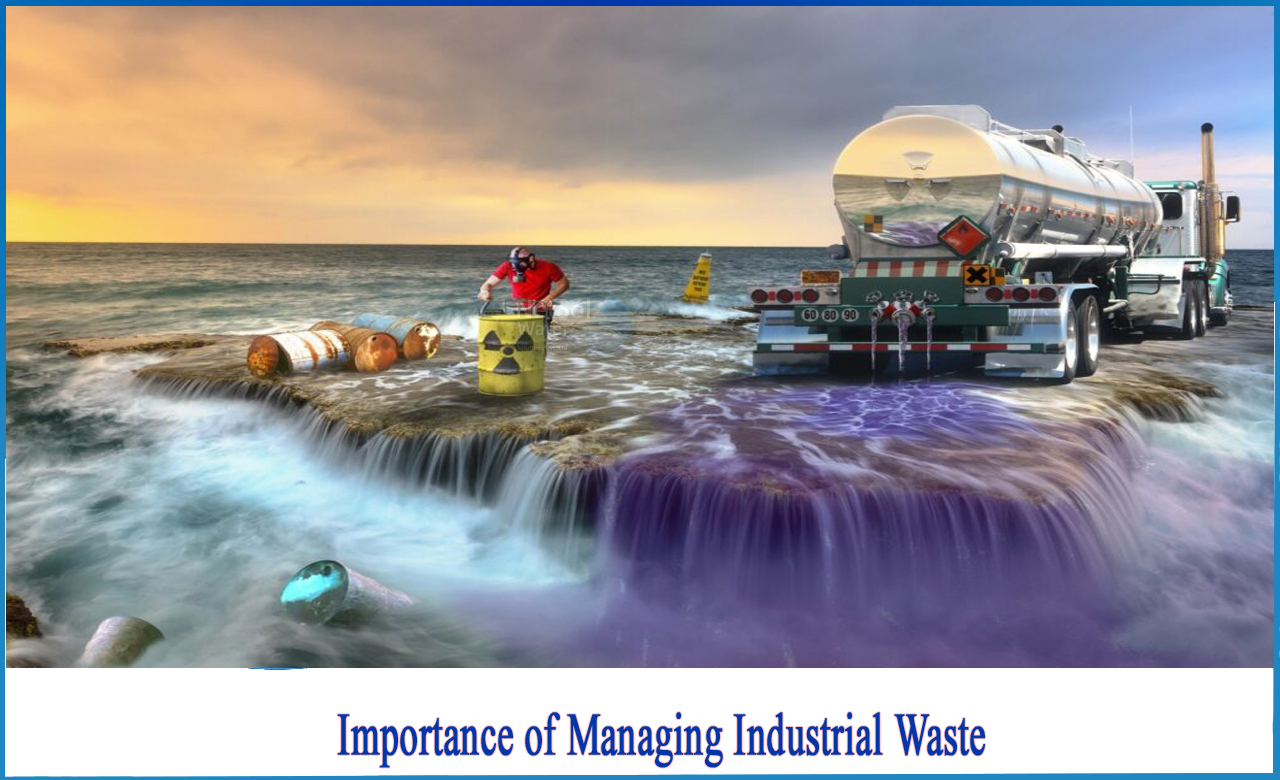Excitement About Reclaim Waste
Excitement About Reclaim Waste
Blog Article
Getting The Reclaim Waste To Work
Table of ContentsIndicators on Reclaim Waste You Need To KnowThe Facts About Reclaim Waste RevealedReclaim Waste Fundamentals ExplainedIndicators on Reclaim Waste You Need To KnowReclaim Waste Fundamentals Explained
Residential sewage waste refers to the waste and items from a domestic septic storage tank. The proper monitoring and disposal of residential sewer waste call for fluid waste to be moved to a sewage treatment plant where the appropriate methods and devices are applied to cleanse and dispose of waste.
Commercial waste often includes possible threats, such as combustible products or a combination of fluid and strong waste products, and requires a more advanced and in-depth disposal procedure. The disposal of business waste typically entails the filtration of waste prior to transport to guarantee secure and correct disposal. Industrial waste is created from by-products and overflow of industrial procedures and manufacturing.
This kind of waste can not make use of the same sewer administration transportation or procedures as septic or industrial fluids. The hazardous waste administration procedure needs the examination and screening of liquid waste before it undertakes the disposal process (liquid waste disposal). Runoff waste is the fluid waste that originates from overflow and excess stormwater in highly booming areas or cities
Drainage waste can cause contamination and flooding if not managed properly. Making sure correct waste monitoring can prevent disasters and minimize ecological injury.
Reclaim Waste - Truths
Call PROS Solutions today to find out regarding our waste administration and disposal solutions and the correct means to look after the fluid waste you generate.
(https://reclaimwaste1.blog.ss-blog.jp/2024-11-12?1731425991)Do you recognize what happens to your water when you end, purge the toilet or drain pipes the washing machine? No? Well, it's worth knowing. This supposed 'wastewater' is not only an essential source but, after therapy, will certainly be released to our land, waterways or the ocean. Used water from bathrooms, showers, baths, kitchen area sinks, washings and industrial processes is understood as wastewater.

water utilized to cool down equipment or clean plant and tools). Stormwater, a form of wastewater, is drainage that flows from agricultural and city locations such as roofs, parks, gardens, roads, paths and seamless gutters into stormwater drains, after rainfall. Stormwater flows untreated straight to regional creeks or rivers, ultimately getting to the ocean.
The Best Guide To Reclaim Waste
In Queensland, many wastewater is dealt with at sewage treatment plants. Wastewater is carried from domestic or industrial sites through a system of sewers and pump terminals, known as sewage reticulation, to a sewer therapy plant. Local governments build, preserve and operate most sewage treatment plants. Operators are licensed under the Environmental Protection Act 1994 to release cured wastewater at an appropriate ecological criterion right into waterways.
The Division of Natural Resources recommends local federal governments regarding managing, operating and maintaining sewerage systems and treatment plants. In unsewered locations, city governments might need owners to install private or household sewage treatment systems to deal with domestic wastewater from bathrooms, kitchen areas, bathrooms and laundries. The Division of Natural Resources authorizes using household systems when they are verified to be efficient.
The majority of stormwater receives no therapy. In some new neighborhoods, therapy of some stormwater to remove trash, sand and crushed rock has started using gross pollutant traps. Wastewater treatment occurs in four stages: Gets rid of strong matter. Larger solids, such as plastics and other items incorrectly released to sewers, are eliminated when wastewater is gone through screens.
Wastewater after that streams right into huge storage tanks where solids settle and are removed as sludge. Oil and residue are skimmed more info here from the surface area. Makes use of small living organisms referred to as micro-organisms to damage down and get rid of remaining dissolved wastes and fine bits. Micro-organisms and wastes are included in the sludge. Gets rid of nitrogen and phosphorus nutrients that could cause algal flowers in our waterways and endanger water life.
All about Reclaim Waste
Nutrient elimination is not readily available in all sewer treatment plants since it needs expensive specialized devices. It is coming to be more usual in Queensland. Clear fluid effluent created after treatment might still consist of disease-causing micro-organisms. If this effluent is released right into rivers such as rivers or the sea, the micro-organisms will eventually die out.

This usually suggests wastewater has to be dealt with or pollutants gotten rid of before it can be released to waterways. A lot of wastewater streams into the sewerage system. Under the Act, regional governments carry out authorizations and permits for ecologically relevant tasks (ERAs) entailing wastewater launches that may have a regional influence. The department provides authorizations and licences to Periods including wastewater releases that might have a regional or statewide impact.
The smart Trick of Reclaim Waste That Nobody is Discussing
Or else, examples are considered laboratory analysis. Typically many examinations are required to develop the levels of each of the various contaminants such as oils, hefty steels and chemicals in water. Tracking gives accurate information about water top quality and can verify that licence problems are being met. The information acquired through monitoring provides the basis for making water top quality choices.
Report this page